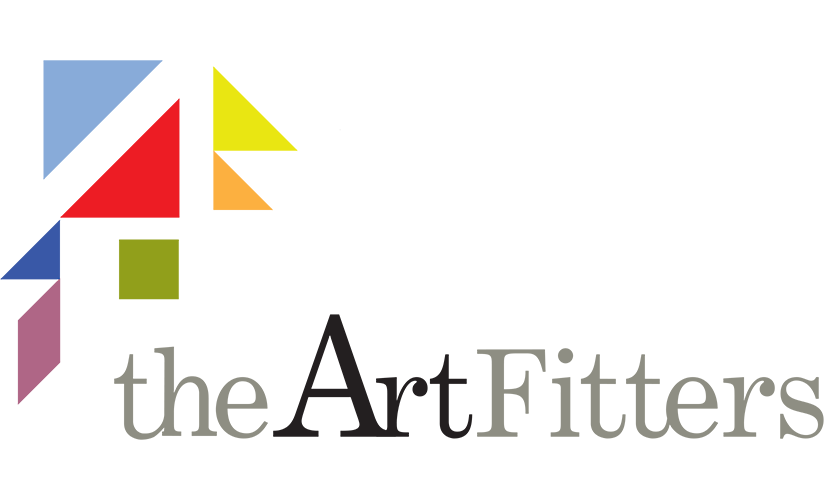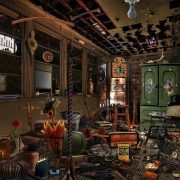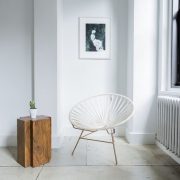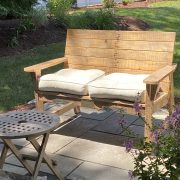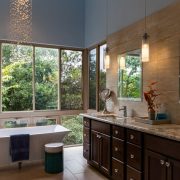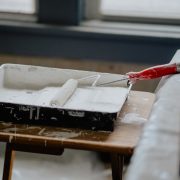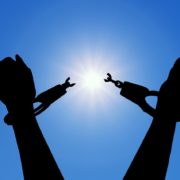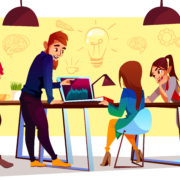I grew up at a time in which our parents were perfectly comfortable saying, “Go out and play. Just be home for supper.” I was an enterprising kid, and I made it my job to make the outdoors my everything. I was very accustomed to finding a place to meet my friends, to explore, to walk or ride my bike wherever I needed to go, to do my homework on a picnic table, or to spread a blanket on the lush grass for seating. I had it figured out. So, you can imagine how I felt when I was old enough to go to work.
At first, that blast of air conditioning seemed a welcome blessing. And in the winter, I was happy my hands weren’t blue. But after a while, I missed the breeze, the smell of grass, the air from outside, even if it wasn’t all that fresh or warm. I’d look out the window and wonder what it would feel like to be out there. Offices with closed windows felt like traps.
Eventually, closed in became a proper description of my feelings. And if I was bored at work, watching the clock till I could go out again became a pasttime. If it was snowing, I’d wonder how the ride home would be. Will I get stuck? Would I get in an accident? And I dreaded the traffic. Ugh. But I still wanted to get out there.
And Then …
When COVID hit, I remembered the scream of the absolute silence in my ears. No noise. No people. No cars. No this. No that. Just no. As this new reality sunk in, I joined the club as we slowly picked ourselves up and started groping for some sense of normalcy, some way to get back to work. At first, I scrambled a bit to try to make my home my office. Then I realized how much I already had to work with. A little trial, a little error, and things began to fall into place. In the end, having to make do helped me realize with a little resourcefulness, with an eye toward adaptive re-use, and with the determination to work with what I had, amazing things were possible. I began to enjoy the discovery.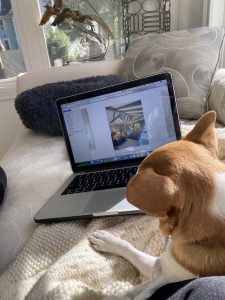
With time and some imagination, my adjustment evolved. I realized I could work just about anywhere, even in my back yard (in the photo above). My yard became my office on nice days. All I needed was my laptop, my phone, a pad if I wanted to jot down some notes in longhand, a few suitable pieces of furniture, enough luck to keep it from raining, and a few birds, squirrels, and chipmunks for administrative assistance. And should the weather be inclement — or if I preferred to lounge a bit while I worked — I retreated to my sunroom with a cup of coffee, a blanket, and Eddie as my typist and personal attaché.
And So …
Now, nearly a year later, the world is slowly progressing. We have vaccines that may or may not immunize us against current and future strains of the coronavirus. But workplaces won’t ever be the same. We’ve discovered we don’t need as many of them as much as we used to think we did. Workforces, too, have progressed. They, too, won’t ever be the same. We’ve found ways to be productive and to collaborate — even face to face online — from home. We’ve learned our offices can be wherever they need to be, wherever we feel comfortable.
If you need help making your new workspace comfortable, regardless of where it is, we can help.
And I promise you: That’s not blue sky.
